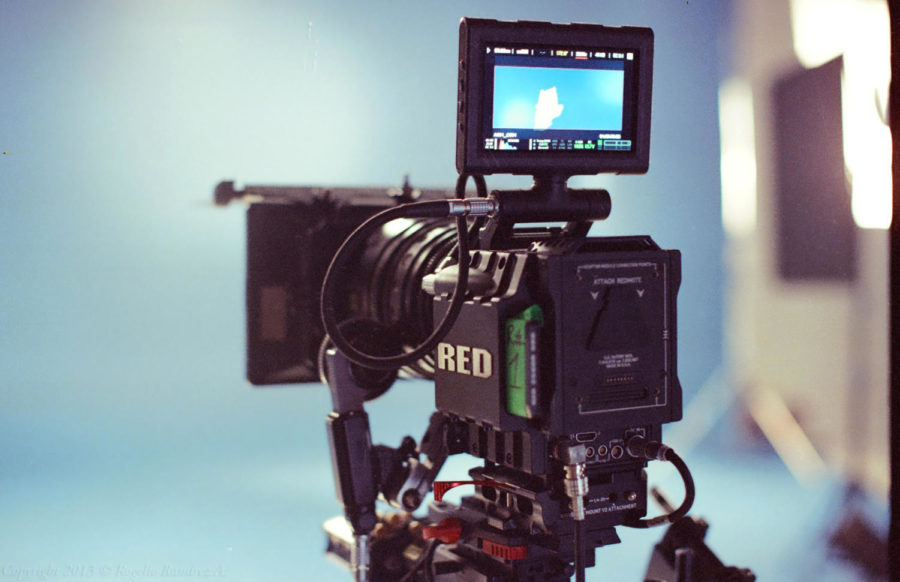Santa Rosa Junior College embraced its love of film with the introduction of a Mass Media class in 1968 taught by instructor John Bigby.
The class, Drama 468B, taught students to create their own films. Bigby, now deceased, received his master’s in film communication from the University of Pennsylvania. His contribution as the media professor shaped film studies at SRJC.
A film made in Bigby’s class, “The Flower,” was entered into an annual film festival at Foothill College.
The College Student Assembly then decided to award the film $200, an amount now worth approximately $1,500. This paved the way for many SRJC films to be entered into local film festivals.
Bigby remained integral to SRJC film well into the ‘80s. A 1982 Oak Leaf article revealed that Bigby expanded his other classes to encompass film.
Bigby’s Speech 42 class sought to explore film’s impacts on mass media and culture as a whole. Bigby believed that all forms of media shaped culture.
“A picture is often self-serving rather than accurate,” Bigby said.
The class was designed as a “film production workshop,” where Bigby would encourage students to produce their own films, while building a nuanced perspective on the impact of film outside of the United States.
He mentioned his love of the Australian film “My Dinner with Andre” and how it exemplifies the power of low-budget, creator-driven art. He wanted to share this perspective with his audience at SRJC.
The modern program began when Brian Antonson was hired in 2012 as the first full-time production faculty member. Before Antonson joined the department, most of the video equipment was bulky and outdated.
Antonson described the process of creating a film program from the array of film-related classes that already existed. “We were very much the new kid on the block,” he said.
Before then there were various classes across multiple departments, but in 2012 the communication studies department hired a full-time production faculty member.
Mike Traina, the department chair, teaches film appreciation and history while Antonson teaches the creation of digital media projects.
Ty Benoit, former dean, was a major advocate for the film production department.
Part of getting the program moving was securing funding. In this case via career and technical education and with Jerry Miller’s support. Miller is the senior dean of Career and Technical Education (CTE) programs.
Miller helped secure professional equipment like the Red Digital Cinema camera, ranging from $20,000 to $50,000, which is known for such films as the “Avengers,” the “Hobbit” and the upcoming “Avatar” movies.
The program offers an avenue for all SRJC students interested in filmmaking to learn about film history and production.



Paul Penna • May 6, 2018 at 8:32 am
“My Dinner with Andre” isn’t an Australian film, but an American film directed by French-born Louis Malle.